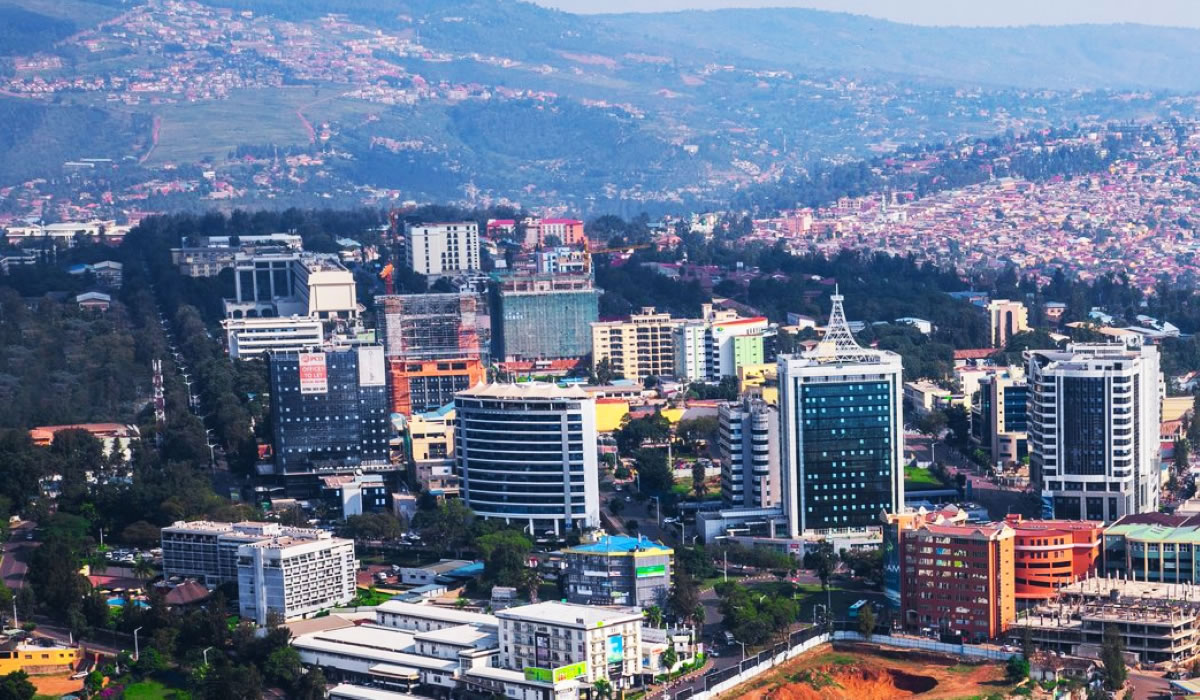Most travellers visit Rwanda for the gorillas – only to realize its capital too has so much to offer and thus deserves at least a couple of nights.
Better known as the home of Rwanda’s International Airport, it is a cool, arty capital that started out as the home of the legendary Tutsi kingdom.
Almost every corner on the city’s winding roads offers up another fantastic view of mountains, inspiring architecture and knolls.

For over two decades now, this tiny city has maintained its position as the cleanest East African city, a development that has been achieved thanks to a monthly community clean-up day and a ban on plastic bags.
But that is only half of the story. It is equally safe following the full restoration of peace ever since the 1994 genocide that befell it. Even solo travellers feel very comfortable driving anywhere around it.
It is partly in the above regard that Kigali was chosen as the host of the 26th CHOGM. Initially, it was scheduled for June 2020, however, in April 2020 the Commonwealth announced that the meeting would be postponed due to the Covid-19 pandemic.
According to the Commonwealth Secretary-General, Baroness Scotland of Asthal, the decision was based on the fact that the pandemic has changed the course of modern history and that “we must be mindful of the risks large meetings pose to all”.
In agreement, President of Rwanda, Paul Kagame, states that they look forward to the meeting taking place in Rwanda once circumstances allow in the future.
Here are two iconic destinations in Kigali that you can’t miss out on visiting before or after CHOGM.
National Museum of Rwanda (Butare)
Found in the southwestern wing of Kigali city, this historical treasure trove is much more about royal residences than about ancient history.It features acolonial styledpalace of King Mutara III Rudahigwa, also known as Charles Léon Pierre. He was the first Rwandan king to be baptized following the introduction of Roman Catholicism in Rwanda.
Built in 1931, it was a gift to him from the Belgians in appreciation of his warm reception of their colonial reign. Though the king lived in it till his death in 1959, there isn’t much here to reflect of what transpired in his reign as King of the Tutsi people. An example is the devastating Ruzagayura famine of 1944-1945 that claimed 200,000 lives.
Much of his royal regalia and personal items werelooted during the 1994 Rwanda Genocide. By the same token the once ornately decorated chambers where members of court met was robbed of its furniture.
Thankfully, the mausoleum where King Mutara III Rudahigwa, King Kigeli IV Ndahindurwa and Queen Rosalie Gicanda were laid to rest hasn’t been destroyed.
In an effort to give an insight into prehistoric life in Rwanda and Tutsi kingdom in general, a replica of king’s grass thatched ‘palace’ has been constructed in the courtyard here.
As you tour it, you will come across well-presented history, maps and photos of the times. You will also discover why the royal beer brewer’s hut didn’t have a door.
A walk to the backyard of the palace will lead you to a traditional kraal with inyambo (cattle). At first glance, these sacred cows seem terrifying due to their super-sized horns that exceed 2.5m.
However, as you spend more time with them, you get to discover that they are very friendly and love it when people sing to them. Prepare to be intrigued by the herdsman’s story about why the women who looked after the king’s milk were never able to marry.
Kigali Genocide Museum
This stopover offers unique history and experience about the 1994 Rwandan genocide, a result of a socially and politically fueled war between the Hutu and Tutsi tribes.
Kigali Genocide Memorial is one of the memorials established in honour of the victims. Here, you will find mass graves of approximately 250,000 people of the approximately one million victims.
Most aspects of this historical site are unbelievable and saddening. During your guided educational tour, you will visit galleries with gripping details and bones of victims of the genocide.
Any questions you have regarding 1994 genocide, or how it started, will be answered through visual aids and well-written descriptions.
In remembrance of children who fell victim to the killers’ machetes, their photos are captioned with intimate details about their favourite toys, their last words and the way in which they were killed in cold blood.
Once your tour is done, you can lay a rose or wreath on one of the mass graves.

